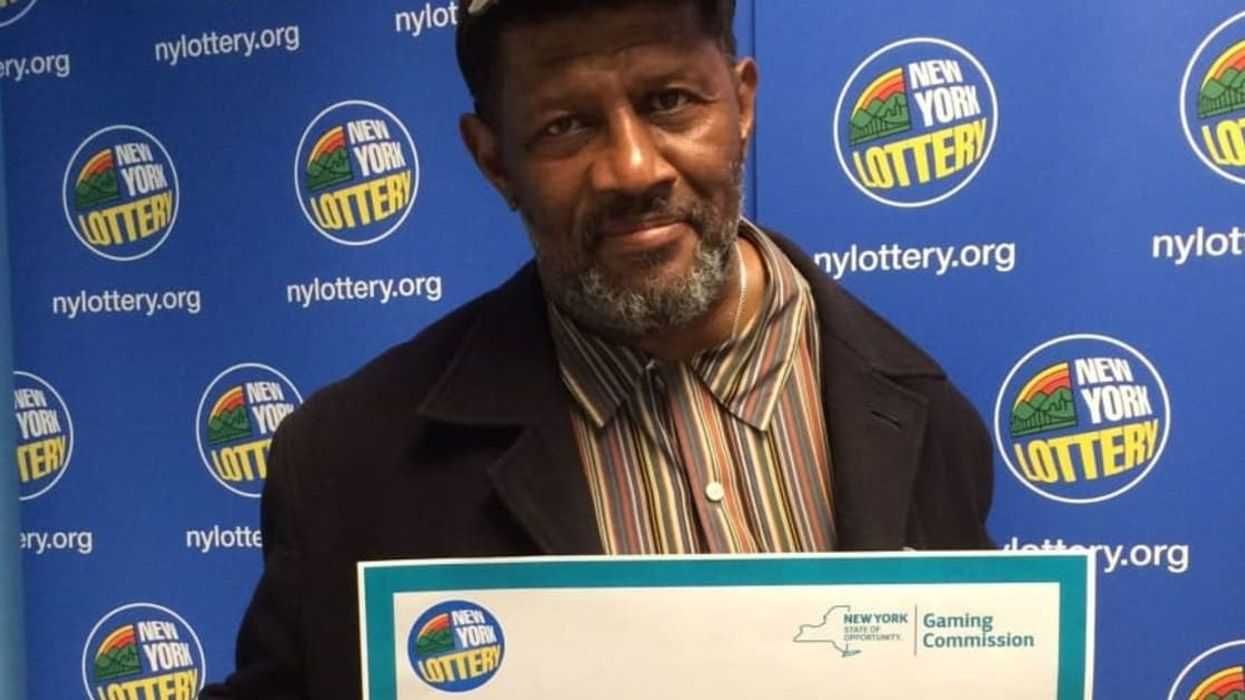[youtube]https://www.youtube.com/watch?v=4xy9SQ0Ga6Y
This week, world leaders and economic development technocrats are converging in New York for the United Nation's General Assembly and the 2010 Millennium Development Summit. In 2000, all 189 member countries of the U.N. signed on to the Millennium Declaration, an ambitious eight-point platform to combat global poverty. Ten years later, progress on the eight Millennium Development Goals has been mixed at best. Here's a quick primer, with more nitty gritty details and links below.
First, the goals themselves, with links to U.N. definitions (and to short .pdf progress reports)
Goal 1: Eradicate extreme poverty and hunger (partly on track)
Goal 2: Achieve universal primary education (partly on track)
Goal 3: Promote gender equality and empower women (missed target)
Goal 4: Reduce child mortality (not on track)
Goal 5: Improve maternal health (not on track)
Goal 6: Combat HIV/AIDS, malaria and other diseases (partly on track)
Goal 7: Ensure environmental sustainability (mostly not on track)
Goal 8: Develop a Global Partnership for Development (not even close)
How they are progressing
Poverty: Most of the progress on this one has come from extreme success in Asia, specifically East Asia, which means there isn't nearly enough happening in Africa. Still, up until the financial crisis, the world was on track to halve the number of people living on less than $1 a day by 2015. It might still happen, but the World Bank estimates that the effects of the crisis will push an additional 64 million people into extreme poverty. So one topic of the Summit this week will be how to adjust tactics to meet Goal 1. More.
Education: Globally, 69 million school-age children don't see the inside of a classroom. There has been some progress, but there's so far to go. For instance, in sub-Saharan Africa where almost 30 percent of students drop out of primary school there would need to be twice as many teachers as there are now just to begin to meet the goal. More.
Gender: This goal called for no gender disparity in primary and secondary education by 2005. We missed that one flat out. Women the world over continue to have lower access to higher education, be paid less for the same work, and in many regions of the world, are systemically prevented from more lucrative fields of work. On the plus side, the U.N. cites the steady, if slow, increase of women in parliament globally, now at 19 percent. More.
Child Mortality: A few countries are on track, but the goal to reduce child mortality by two thirds is overwhelmingly behind schedule. So far, globally, we've only reduced by 28 percent the proportion of children who don't make it to five years old. More.
Maternal Mortality: Among the many tragedies of inaction that explain the lack of progress on the MDGs, it is most stark fo this one: cutting maternal mortality by three quarters and providing universal access to reproductive health. Funding for contraception and women's health plummeted between 2000-2008 and is now far below demand. About one third of women in the developing world still give birth without any skilled health worker present, for instance. It is estimated that meeting the unmet demand for contraception alone would lower maternal deaths by 33 percent. More.
Disease: Impressive strides have been made, reversing the trends in HIV infections, malaria and other contagious diseases. This is, in part, because of huge funding increases from private sources. There are still over 2 million new HIV infections every year, and AIDS education remains insufficient in some of the most high-risk populations. More.
Environmental Sustainability: A mish mash of aspirations from preserving biodiversity to providing sanitation and clean water to the urban poor. We've succeeded on targets for safe drinking water and "improving the lives of slum-dwellers" with more stable housing and environmental improvements. But that's partly a numbers game. The 2000 targets were too low and didn't account for the explosive growth in population of the urban poor, so with more slum-dwellers overall, it became easier to improve the lives of 200 million of them and meet the numeric goal. Still, clean drinking water projects have undoubtedly been a success. Sanitation and biodiversity, not so much. More.
Global Partnership: The whole point of the MDGs is that if the world comes together, the other seven goals are actually achievable, that ending poverty and preventable disease are within our collective reach. That's ambitious, sure, but so are many of our moral obligations. This goal called on rich nations to up their official development assistance to 0.7 percent of their GDP. Despite the unanimous agreement on that target, right now the average amount is less than have that at 0.31 percent. Only five countries are meeting the donation goals: Denmark, Luxembourg, the Netherlands, Norway and Sweden. More.
What's Next
We will see if this week's Summit brings us any closer to closing the gap between reality and the noble targets of ten years ago. Watch for new promises of increased funding, and impressive stories of innovations and hope. If the will power sustains, that combination really can solve many of the world's problems. If you want to follow the Summit, or progress on the MDGs, here are a few links for you.
The Guardian is rightly treating this summit, and the broader topic of ending poverty, as one of the most important issues in the world. They have created a slick interactive graphic charting some of the progress on some of the goals. They're also live blogging the Summit.
If that's not enough, you can watch a live webcast, (with nifty translations of course) or catch this video message from U.N. Goodwill Ambassador, Antonio Banderas. Or just read the official U.N. report with data, calls to action, and a few excuses and lamentations too.
















 Otis knew before they did.
Otis knew before they did.